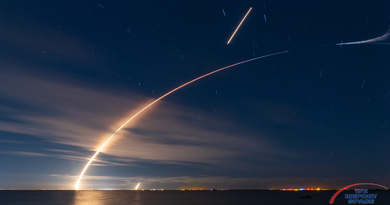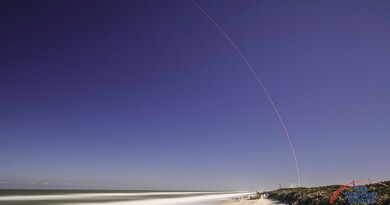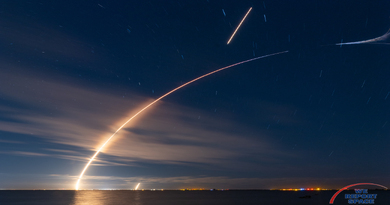OSIRIS-REx Will Fuel Scientific Discovery for 175 Years
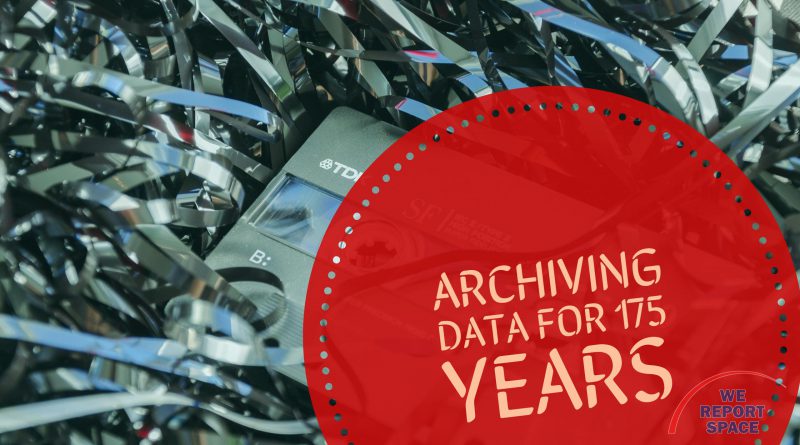
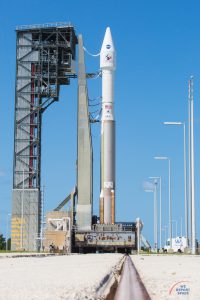
KENNEDY SPACE CENTER: When I write a book about Microsoft Excel, I know that book will have a shelf life of about three years. When you build a trellis for your garden, you might hope that the structure will stand for five to ten years. Can you imagine doing work that will be cited 175 years in the future? The OSIRIS-REx team can.
OSIRIS-REx launches on September 8, 2016 to rendezvous with asteroid Bennu. The spacecraft will thoroughly map the asteroid in order to find a suitable place for a five-second gentle kiss that should stir up the asteroid surface enough for anywhere from 2 ounces to 4.4 pounds of asteroid to be returned to Earth. No matter how much material is returned, a pre-determined formula will be used to split up the sample for scientific analysis. 25% of the material will be studied immediately. But 75% is reserved for research over the next several decades.
Jason Dworkin, OSIRIS-REx project scientist at Goddard, pointed out that people not yet born will be able to do tests on the Bennu sample using tests that have not been designed yet, using lab equipment that has not been invented yet. He compared this to scientists today who are still finding new ways to test lunar samples from Apollo missions that happened before the scientist was born.
However, before the sample is collected, OSIRIS-REx will map the asteroid using imaging, spectral mapping, and radio science. The team will know the shape, the thermodynamics, and the likely interior composition of the asteroid. This information might come in very handy as Bennu makes a series of near-Earth passes in the 2161-2191 timeframe. Those passes don't show that Bennu is likely to strike the Earth, but the model is not perfect due to the Yarkofsky Effect. Since Bennu was discovered in 1999, the Yarkofsky effect has already moved the asteroid 45 km from where scientists expected it to be. OSIRIS-REx will collect information that might help to quantify the Yarkofsky Effect for Bennu and other near-Earth asteroids. As the models improve, we might discover that Bennu is going to strike Earth in the late 22nd century. At that point, the mapping data will become very important.

Dante Lauretta: "Bennu will be the best-characterized asteroid in history. In the event that a future mission to Bennu is required, they will benefit from our data set. I like to joke: We know that Bennu is going to come back in 2135 for an approach between the Earth and the Moon. We have that predicted with pretty high accuracy. I said that I wish I could live another 120 years, just to see the citation index on my publications because I bet it goes through the roof."
Personally, I have trouble keeping track of data from hard drives from 10 years ago. I asked the OSIRIS-REx team how they plan on preserving the 3-D mapping information from Bennu for 175 years?
Lauretta: "The ORIRES-REx team has spent a lot of effort on our data management plan. It is something that we take very seriously. Our responsibility is to deliver the data to the NASA Planetary Data System. It is their responsibility to save the data going forward. That said, the University of Arizona will keep a full copy of the data and will keep it updated as we move forward into the future. We do have a Special Collections department at our library. They are very interested in archiving this as part of the University of Arizona's legacy. So, we will have redundancy. But it is the (National Aeronautics and Space) Agency's responsibility to keep it for decades and even centuries into the future."
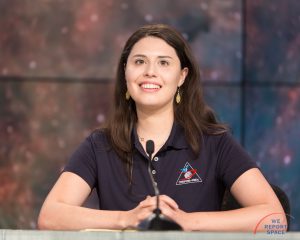
Daniella DellaGiustina, OSIRIS-REx lead imaging processing scientist at the University of Arizona, Tucson: "The data we collect will be archived by NASA Planetary Data System. NASA has a long history of ensuring data is preserved and archived for future generations to examine. This definitely includes the maps and all of the spectral imaging data."
The OSIRIS-REx spacecraft is scheduled to launch between 7:05 - 9:00pm EDT on Thursday, September 8, 2016. Follow @WeReportSpace on Instagram and Like our Facebook page for mission updates and launch photos!

Stunning, full color photo book covering every east coast launch spanning 2014-2015, including the first-ever powered landing of a SpaceX Falcon 9 rocket.
More Info

